11 Best Node.js CMS Platforms
In this article, we are going to see some best Node.js platforms. Before that, we should have some idea about what is a content management and its types.
Content Management System
A content management system (CMS) is software that enables website administrators to add, edit, or delete content on a website. Users who know how to use a CMS can update a website themselves, without needing any outside assistance. This eliminates the need to hire a web developer or pay a monthly fee for website updates.
The CMS you choose will depend on the type of website you want to create — a blog, e-commerce, or any other type of website. With that in mind, effective CMS selection requires consideration of several important factors, including: what functionality you expect from your CMS, how much experience you have with web coding, and your budget.
Types of CMS
The different types of CMS are as follows:
Opensource CMS
- Open-source CMS can be downloaded for free. But over time, for add-ons, plugins, updating software, and for customer support, you may have to pay a certain amount.
WordPress, Joomla, Drupal, and Magento are some examples of open-source CMS.
Proprietary CMS
- Proprietary CMS, also known as Commercial CMS, is built and managed by a single company.
- We have to pay for buying a license to use this software, for customer support, and to update the software.
Shopify and Sitecore are examples of Proprietary CMS.
Node.js based CMS
- Despite the fact that Node.js CMS is built with Node.js, developers do not have to use node.js exclusively.
- It provides a strong, consistent and user-friendly websites.
CMS Platforms
Let’s dive into some of the best Node.js CMS platforms.
1. Strapi
- Strapi is an open-source, Node.js-based, headless CMS that allows developers to use favorite tools and frameworks.
- It also enables content editors to streamline content delivery across any device.
- It supports a variety of databases such as SQLite, MariaDB, MySQL, and PostgreSQL.
- Through its adjustable setup and admin panel, customization is made possible.
- We can extend Strapi’s features by installing plugins.
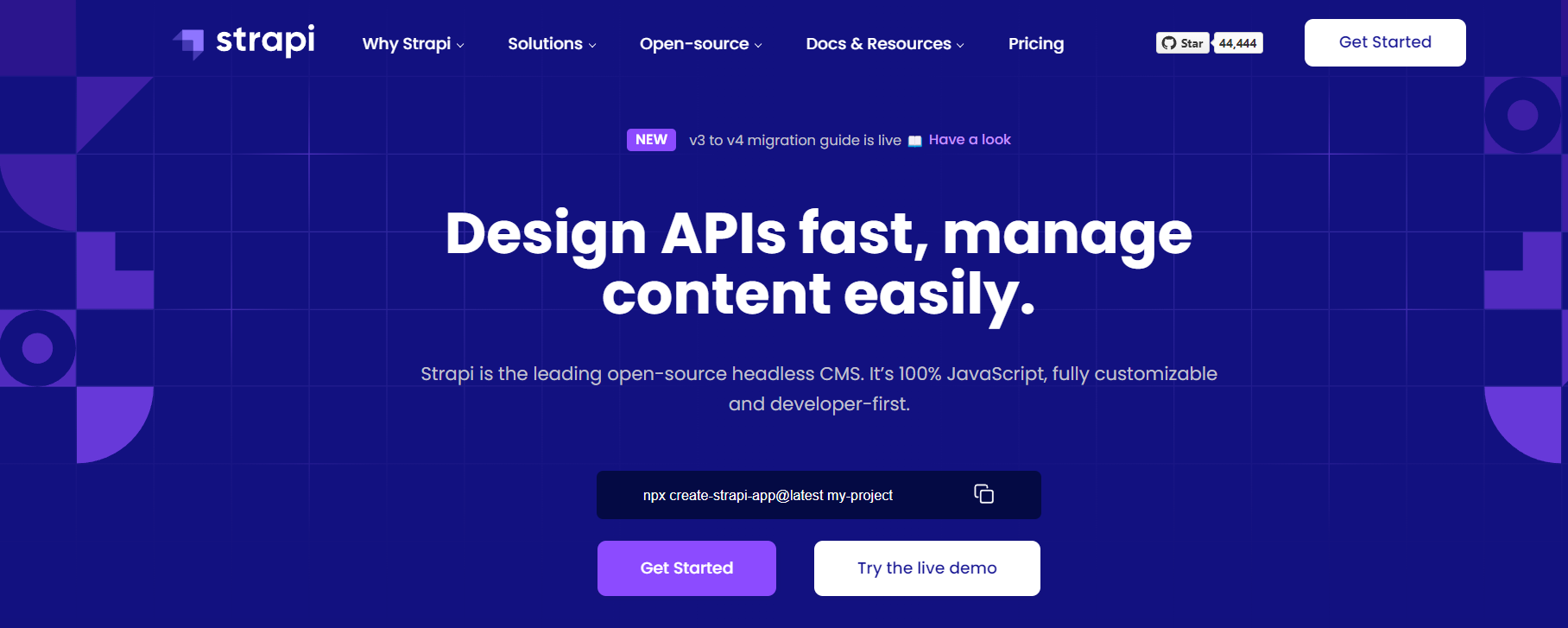
Features:
- It is fully customizable.
- It provides REST and GraphQL API.
- It has a plugin marketplace.
2. Ghost
- Ghost is an open-source, free blogging platform written in javascript, trusted by the world’s leading writers and creators.
- Its core is made up of a robust JSON API, an admin client app, and a theme layer.
- Being open-source software, its repo can be cloned and deployed as an instance in our servers for free.
- At the same time, Ghost offers paid plans too.

Features:
- It has a dashboard with detailed analytics on audience engagement.
- It provides multiple themes which give a unique look to the website.
- It provides third-party integrations.
3. Sanity
- Sanity is an open-source content platform and can be used for more than conventional web experiences.
- It has a wide range of plugins and third-party integrations which can be used to extend its functionalities.
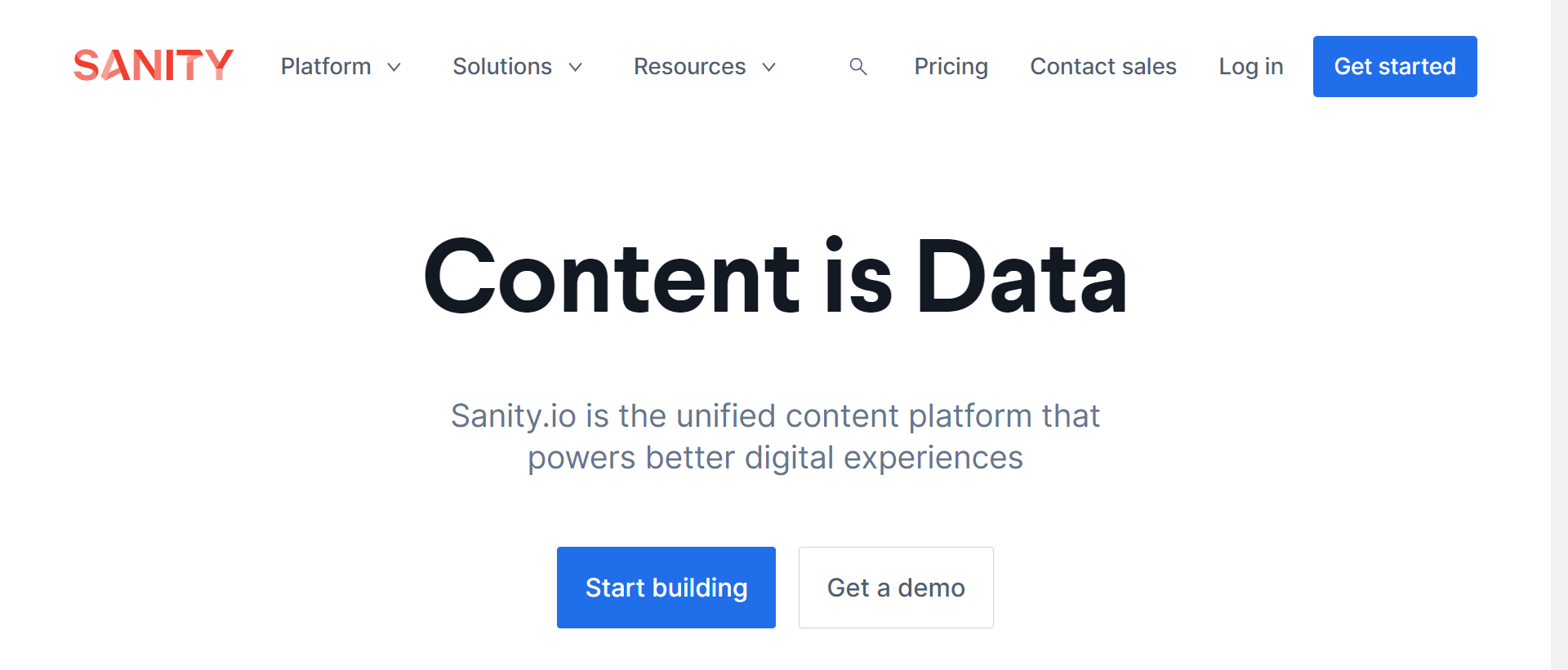
Features:
- It provides GraphQL API for developers to access its content from its repository.
- It has a growing community which will be helpful for knowledge gain as well as good support.
- It has a wide range of plugins, code samples, and guides.
- It provides a simple user interface that is also responsive for mobiles and all other devices.
4. Butter CMS
- Butter CMS is an API-first headless CMS for the rapid development of websites and CMS-powered apps.
- It has built-in features which include SEO, revision histories, scheduling, and previewing.
- It also provides a built-in image editor where actions like transform, crop, resize, and apply filters can be done along with many other options.
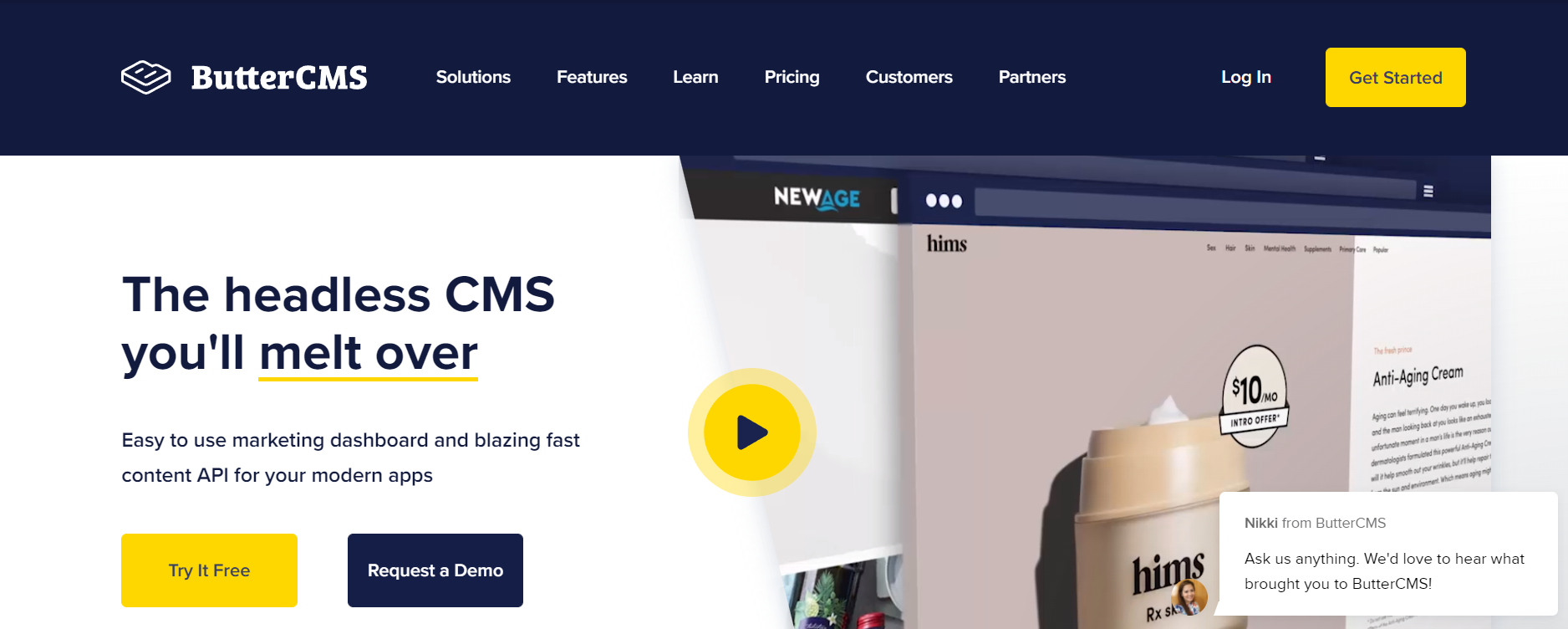
Features:
- It has a built-in image editor which takes media management to another level.
- SEO features help marketers to do great work.
5. Apostrophe CMS
- Apostrophe CMS is an Open source Headless CMS with in-context live editing used by small, medium, and large-sized companies to build websites.
- It is built by Node.js, Express, MongoDB, and Vue.js.
- It provides extensions for forms, SEO, SSO, marketing, design, and security along with many other extensions too.
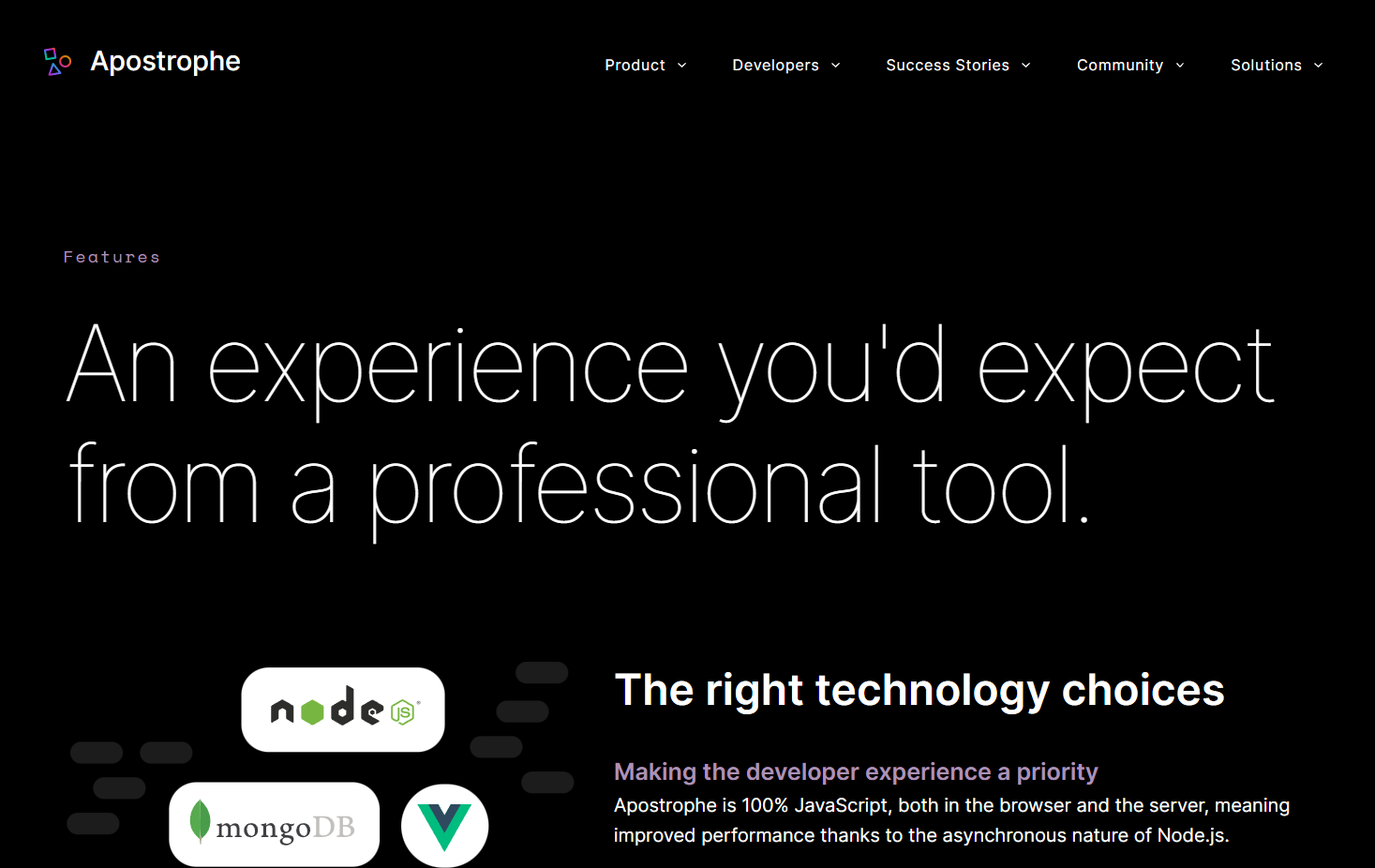
Features:
- It provides extension and integration systems.
- It has a drag and drop interface.
- It provides full control since it can be hosted on our own server.
6. Keystone JS
- Keystone is a headless content management system(CMS) and GraphQL API.
- It is possible to use Keystone for building simple websites to complex applications.
- It provides a simplified admin UI that allows developers to make sophisticated CMS.

Features:
- We can create custom reusable components.
- In keystone, we can provide our own database.
7. Prismic
- Prismic is a headless CMS that makes content management more efficient by selectively addressing the needs of developers.
- We can use Prismic to build simple, editorial websites or even eCommerce websites.
- It provides GraphQL API and REST for developers to access the content which is stored in the repository.
- It is an affordable low-cost CMS that also has a free community plan.
- It is considered to be an alternative to WordPress.
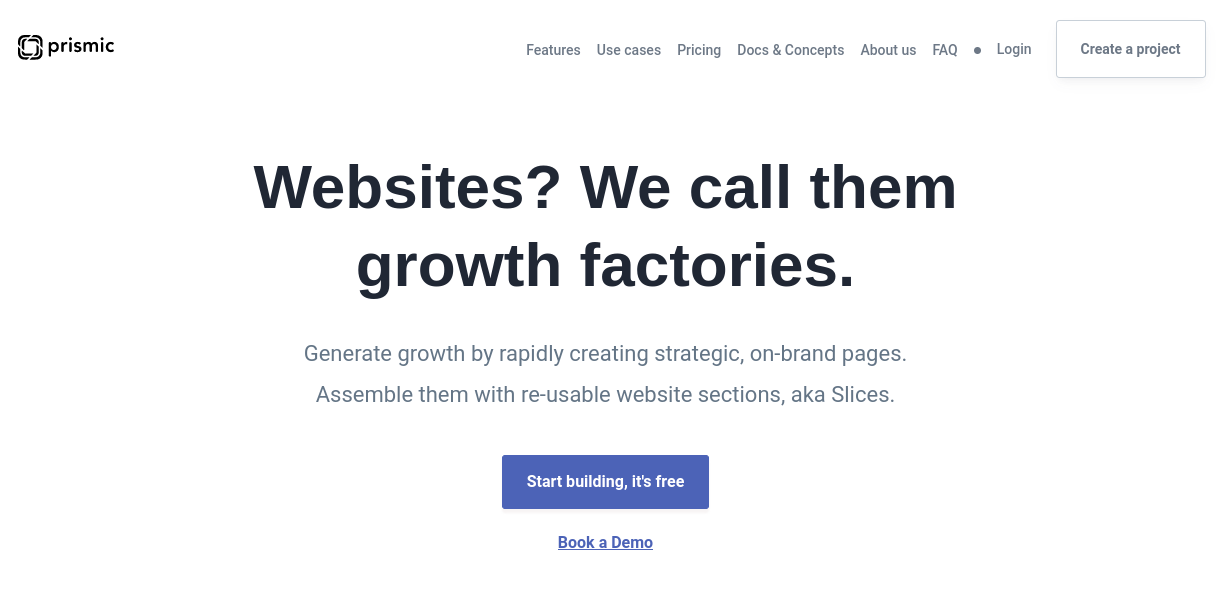
Features:
- It has dynamic layouts with content slices.
- It provides multi-language website development.
- It provides a custom-type builder.
8. Payload
- Payload is an open source, self-hosted and headless CMS.
- It comes with many useful features that can help us to build web apps, mobile app backends, and any other projects of any kind and size, very quickly.
- Payload provides a free plan along with other pricing options.
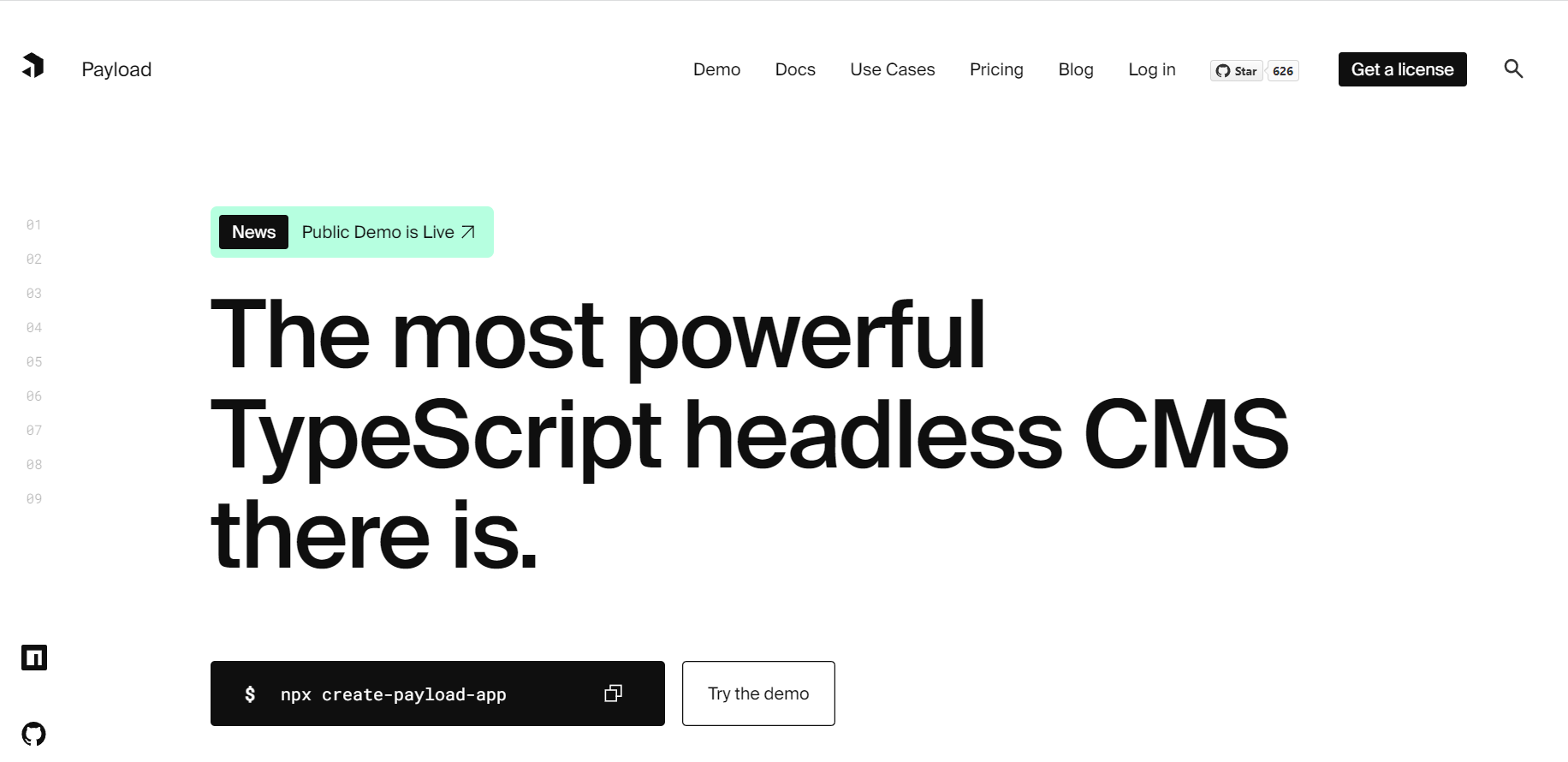
Features:
- It has built-in email functionality where we can handle password reset and order confirmation.
- It provides REST and GraphQL API.
9. Tina
- Tina is an Open Source, Git-backed and headless CMS.
- It allows developers to enable editing functionality to Next.js sites.
- It supports MDX which allows developers to create dynamic, interactive, and customizable content.
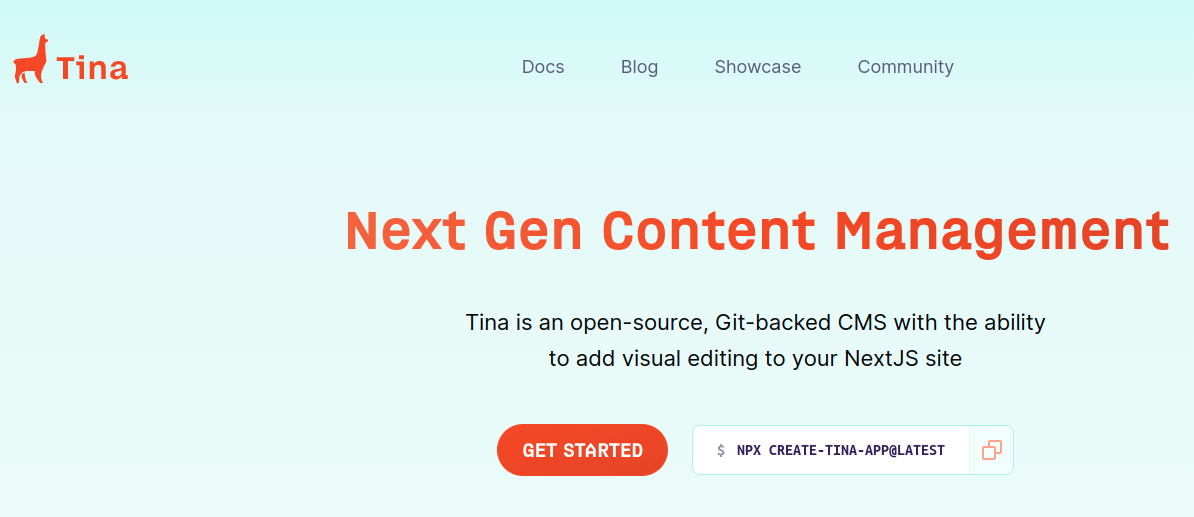
Features:
- It has MDX support.
- It provides a live editing experience.
- It provides GraphQL API.
10. Directus
- Directus is a free and Open Source, headless CMS with the flexibility and power of a Data API.
- It also has an admin app for non-technical users to manage their content.
- It offers a self-hosted plan which is free as well as paid cloud plans.
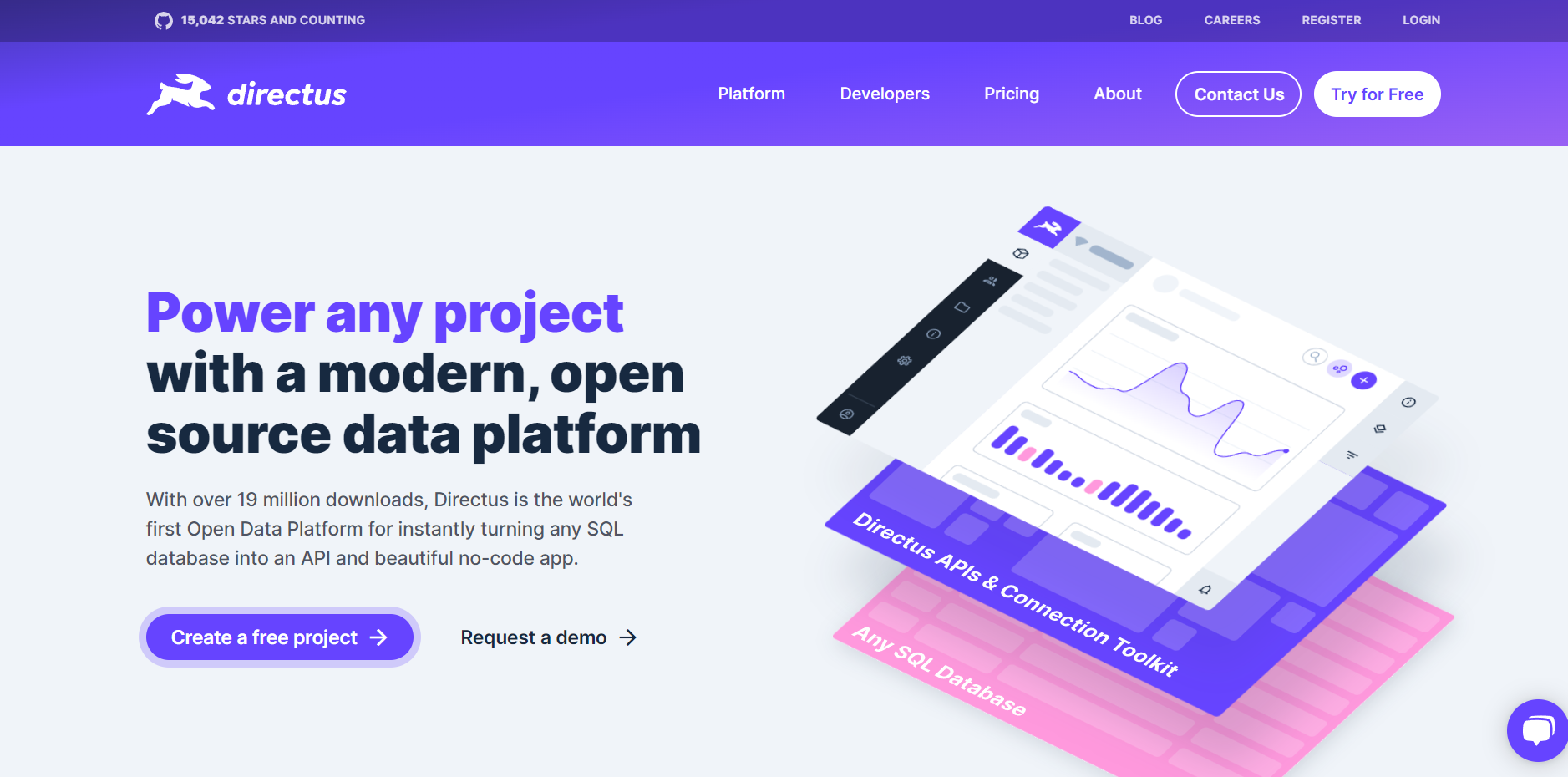
Features:
- It supports databases like MySQL, SQLite, OracleDB, MariaDB, PostgreSQL, and MS-SQL..
- It provides both REST and GraphQL API.
- It is free and open-source.
11. Cody CMS
- Cody CMS is an Open source Javascript CMS which runs on top of Node.js.
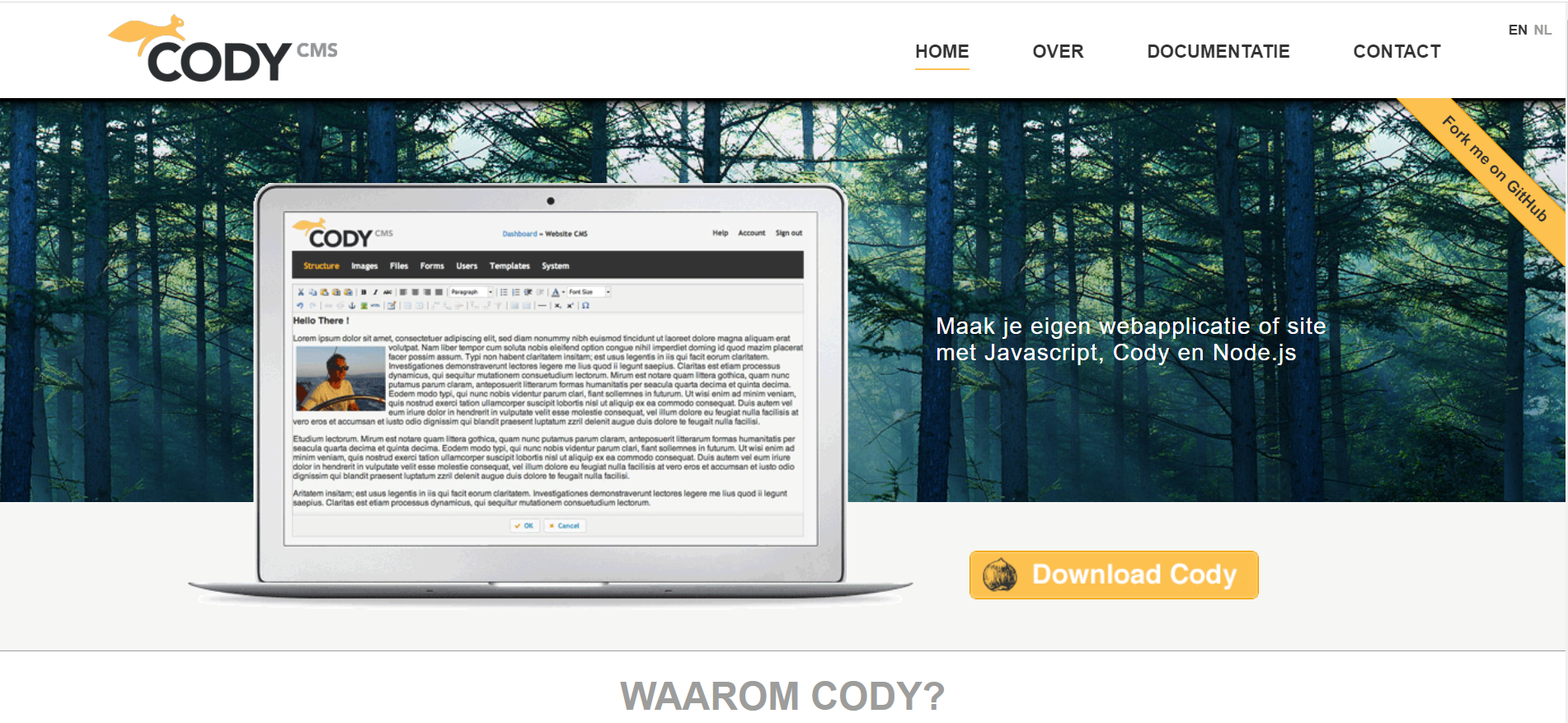
Features:
- It has a tree-structured GUI, which manages the structure of the site.
- It has an easy-to-use graphical interface.
- It comes with a WYSIWYG(What You See Is What You Get) editor.
Conclusion
Knowing the best CMS platform is vital to enhancing our productivity. Hence, I hope this article has provided you with enough idea about the CMS platforms in Node.js.

 +1-760-465-2330
+1-760-465-2330


